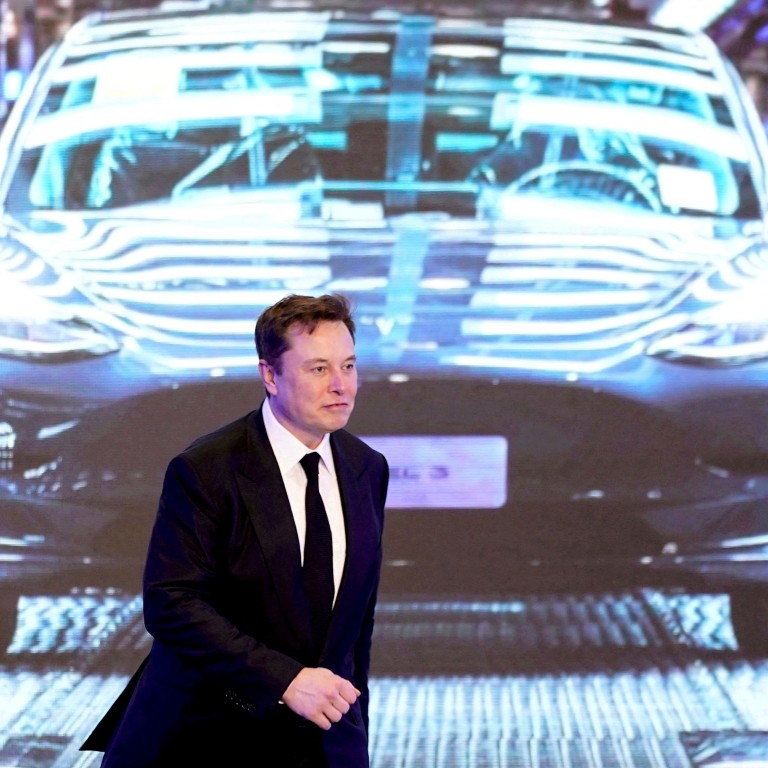
Year of the Tiger: Tesla’s lead in China’s EV market is whittled away by NIO, Xpeng, Li Auto and other home-grown brands
- The three most aggressive Chinese EV start-ups have a lot of catching up to do against Tesla
- Their combined 2021 sales of 280,075 unite left China’s top three EV start-ups with a 13 per cent gap with Tesla
“They need to overcome some challenges to lure customers away from [Tesla’s] Model 3 and Model Y,” said Gao Shen, an independent analyst in Shanghai. “First, they should secure enough chips and components to ensure the smooth production of new cars. Second, they must spend a large sum of money to promote the new models, which can affect their earnings.”
Why semiconductors are so important to 'Made in China 2025'
“The gap is not expected to narrow in 2022,” said Peter Chen, an engineer with the auto-parts company ZF TRW in Shanghai. “It is still too early to jump to the conclusion that they will be China’s own Tesla, [even if] the trio have proved that they are major competitors in the smart EV segment.”
Made in China 2025: Clearing the way for a global new energy vehicle industry
Still, any new model will come at the expense of the bottom line, as the unprofitable carmakers must spend heavily on marketing dollars to promote and prove that they are up to the match against the market bellwether.
In the third quarter of 2021, NIO posted a loss of 835 million yuan (US$131 million), while Xpeng lost 1.6 billion yuan and Li Auto was in the red to the tune of 21.5 million yuan. Tesla’s net profit more than quadrupled to US$1.62 billion in the same three months.
Everything you need to know about the global semiconductor shortage
“It is more important for them to pursue a bigger market share (in China) this year, rather than chasing profitability,” said Paul Gong, a UBS auto analyst. “After all, each of them has ample cash on hand” from their fundraising in the capital markets.
The perfect electric car for China needs to go far, at an affordable price
New-energy vehicle sales in China, which comprise of pure electric, plug-in hybrid and fuel-cell cars, hit 2.99 million in 2021, up 169 per cent on year.
Tesla’s Gigafactory 3 in Shanghai, its first assembly outside the US that started operation at the end of 2019, has already secured a strong order backlog with buyers having to wait until the end of first quarter for their Model 3 or Model Y vehicles to be delivered.
Annual production capacity of the only fully-owned carmaking plant by a foreign company in China has exceeded 450,000 units.

